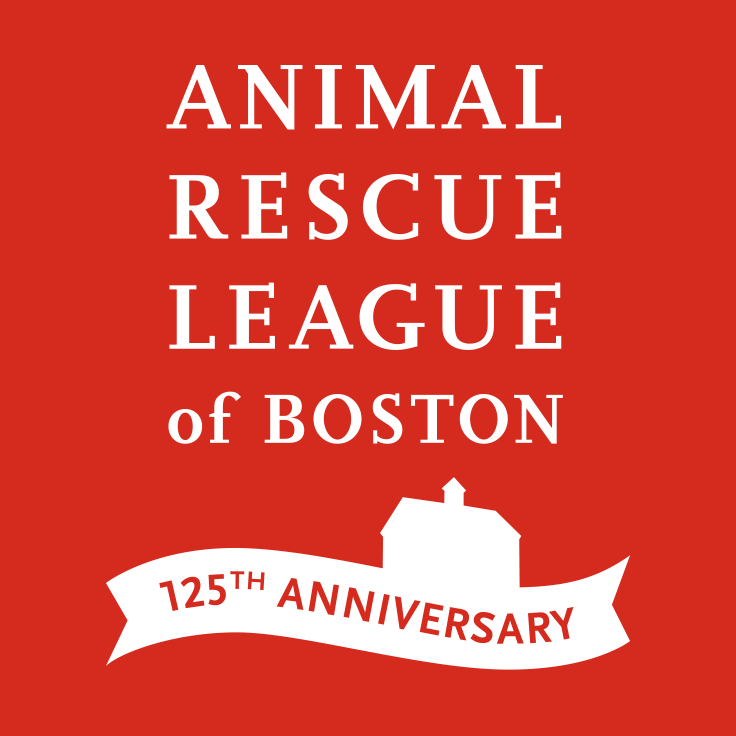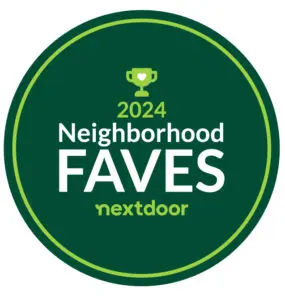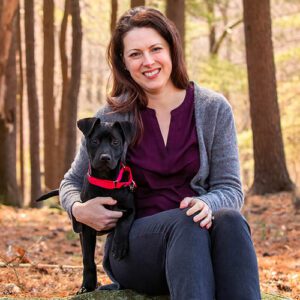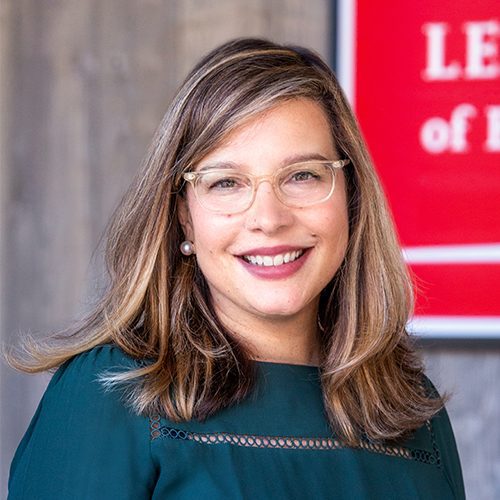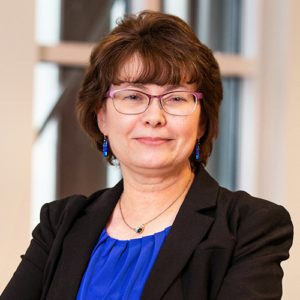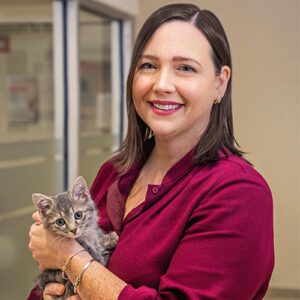An Unwavering Champion
for Animals in Need
For 125 years, The Animal Rescue League of Boston (ARL) has responded to the needs of animals and the people who care about them. In fact, we are often the first to respond.
With over 1,200 dedicated volunteers and 100 staff members, ARL lends unwavering support to local animals, families, and neighborhoods. We provide outstanding veterinary care, adoption, and field services. We also confront the root causes of animal cruelty and neglect through special police investigation and advocacy aimed at strengthening the laws that protect animals.
Since 1899, ARL has helped over 6.2 million animals in need!
Today, we increasingly focus on prevention and the impact we can have on more animals; keeping them out of shelters and in the communities where they belong. This ambitious call to action is reflected in our vision for the future.
ARL does not receive government grants or public funding and relies on the generosity of our supporters to help animals in need. We ask all those who share our goals to reaffirm a commitment to the future we all hope to achieve. Together, we can make it happen!
Awards
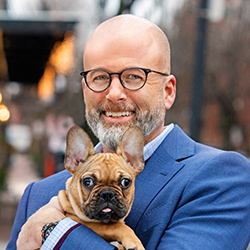
President & CEO
Edward Schettino, DVM, PhD, CAWA
Board of Directors
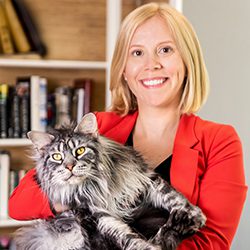
Heather Ridill
Chair

Rod Macdonald
Vice Chair
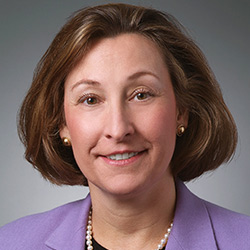
Renee Knilans
Treasurer

William Whelan
Secretary
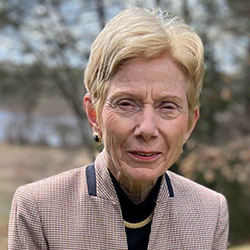
Dr. Cynthia Kettyle
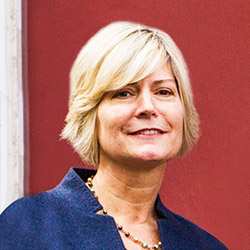
Alisa Plazonja
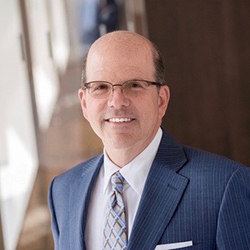
José Rodríguez-Villalobos
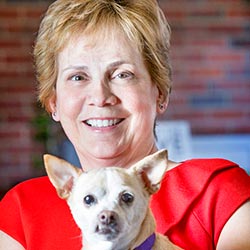
Nadine Pellegrini, Esq.

Roger Ackerman

Edward Bradstreet
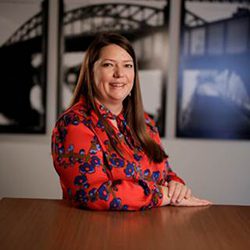
Laura L’Abbe
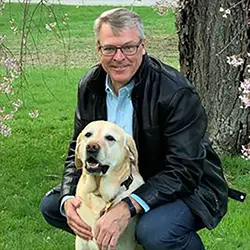
Dr. David McGrath
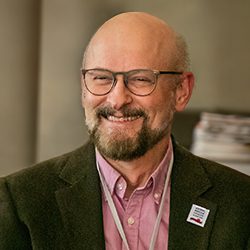
Dr. Stephen Spiegelberg
Emeritus Directors
Malcolm McDonald
Chair Emeritus
Quentin Faulkner
Emeritus Director
Judy Gregg
Emeritus Director
